Innervisions by Stevie Wonder
Buy Innervisions Innervisions is an album themed on social issues, drugs, spirituality, and urban life by Stevie Wonder in 1973. Wonder did virtually everything on this album from songwriting to producing to playing […]
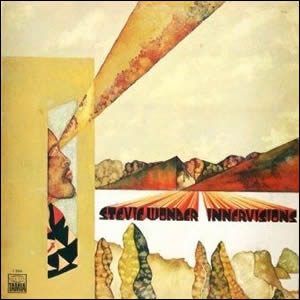
Buy Innervisions Innervisions is an album themed on social issues, drugs, spirituality, and urban life by Stevie Wonder in 1973. Wonder did virtually everything on this album from songwriting to producing to playing […]
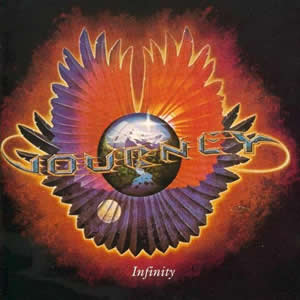
Buy Infinity The classic lineup of Journey came together for the album Infinity, released in 1978. Although this was the fourth overall album for the group that had been together since 1973, it […]
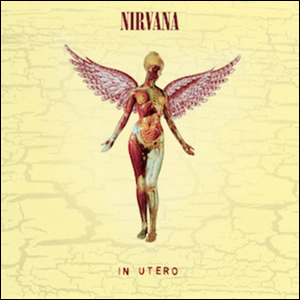
Buy In Utero Even though it was a phenomenal commercial success, all three members of Nirvana had expressed dissatisfaction with the polished production of their 1991 album, Nevermind. With this in mind, the […]
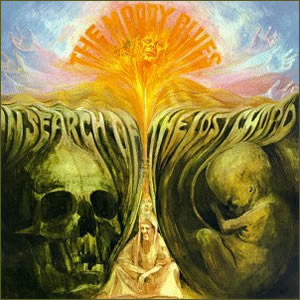
Buy In Search of the Lost Chord In Search of the Lost Chord is a deeply philosophical album by The Moody Blues, built around the concepts of quest and discovery. Musically, the album […]
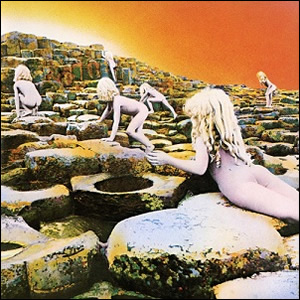
Buy Houses of the Holy Led Zeppelin took stock of their phenomenal fame with Houses of the Holy, with deep contributions from each member of the rock quartet. This fifth album was released […]
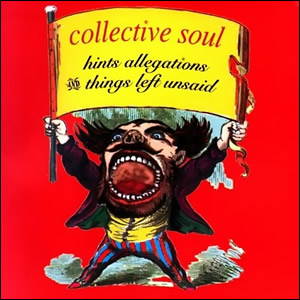
Buy Hints, Allegations, & Things Left Unsaid Perhaps the best sounding “demo tape” of the 1990s (if not all time), Collective Soul forged a great sonic mix on their debut Hints Allegations and […]
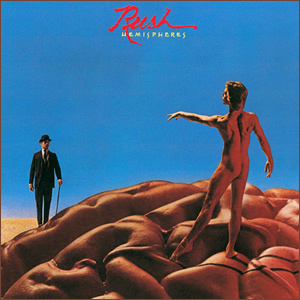
Buy Hemispheres Hemispheres, the sixth studio album by Rush, was the second straight album recorded in the United Kingdom. It also contained the second half of a multi-album concept called “Cygnus X-1”, which […]

Buy Green Years before alternative was “cool” (in other words, when “alternative” was still alternative), R.E.M. was forging their own way through the super-slick eighties. Their sixth album, 1988’s Green, was the breakout […]
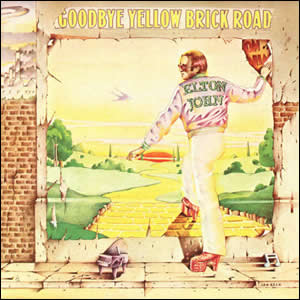
Buy Goodbye Yellow Brick Road We’ve been down this road before of critiquing double albums which would have worked better as a single album. See our recent review of Exile On Main Street […]
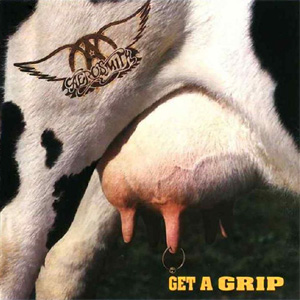
Buy Get a Grip Aerosmith made an amazing comeback in the late 1980s, as the band which was essentially dead at the beginning of that decade sprang back with a second act unlike […]